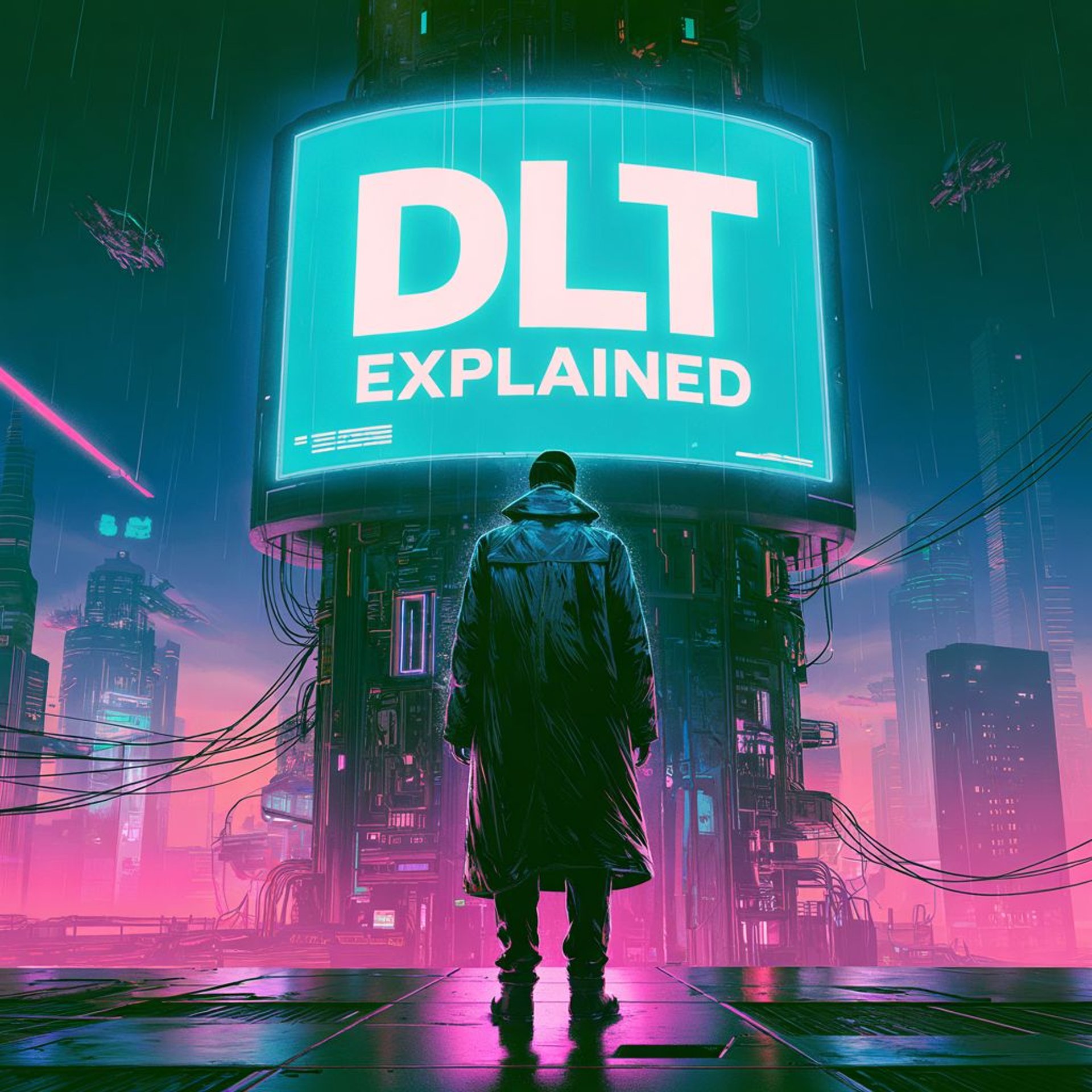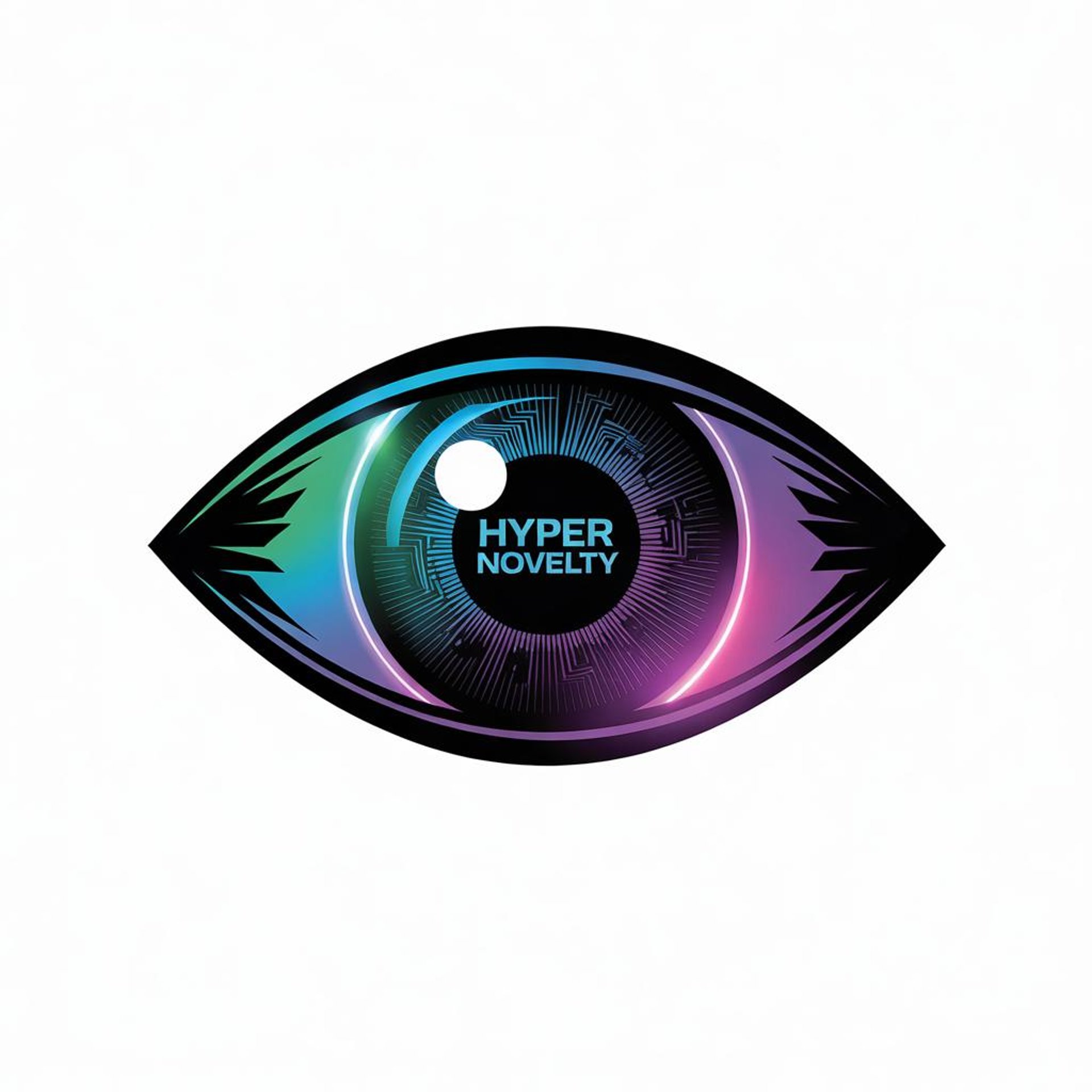
Distributed Ledger Technology (DLT)
Distributed Ledger Technology (DLT) refers to a digital system for recording transactions and data across multiple nodes or locations in a decentralized manner. Unlike traditional databases that rely on a central authority, DLT ensures that the ledger is distributed, secure, and accessible to all participants in the network. A prominent example of DLT is blockchain.
Key Features of DLT:
Decentralization: Data is not stored in a central location; instead, it's spread across multiple nodes.
Transparency: All participants in the network can access the same version of the ledger.
Immutability: Once data is recorded, it cannot be easily altered or deleted, ensuring data integrity.
Security: Cryptographic methods protect data, ensuring privacy and preventing unauthorized access.
Consensus Mechanism: Transactions are validated using algorithms like Proof of Work (PoW) or Proof of Stake (PoS), which ensures trust without a central authority.
Applications of DLT:
Cryptocurrencies (e.g., Bitcoin, Ethereum).
Supply chain management (tracking goods from origin to destination).
Smart contracts (automating agreements without intermediaries).
Identity management (ensuring secure and decentralized identity verification).
Internet of Things (IoT)
The Internet of Things (IoT) refers to a network of physical devices, vehicles, appliances, and other objects embedded with sensors, software, and connectivity to exchange data over the internet. IoT enables devices to interact with each other and their environment, creating a more interconnected and automated world.
Key Features of IoT:
Connectivity: Devices are connected to the internet or other networks for data exchange.
Sensors: Used to collect real-time data like temperature, motion, location, and more.
Automation: IoT systems can perform tasks without human intervention, based on pre-set rules or AI.
Data Analysis: Provides insights by processing large amounts of data collected from devices.
Interoperability: Devices from different manufacturers can work together through common protocols.
Applications of IoT:
Smart Homes: Devices like smart thermostats, lights, and speakers that can be controlled remotely.
Healthcare: Wearable devices that monitor health metrics and send data to doctors.
Industrial IoT (IIoT): Optimizing manufacturing processes with connected machinery.
Agriculture: Monitoring soil moisture, weather conditions, and crop health.
Transportation: Connected vehicles for navigation, traffic management, and autonomous driving.
DLT and IoT Together
The combination of DLT and IoT addresses challenges like security, scalability, and data integrity in IoT networks. For example:
Secure Data Sharing: Blockchain can ensure that IoT data is tamper-proof and only accessible to authorized parties.
Decentralized Control: IoT devices can operate without reliance on central servers, reducing vulnerabilities.
Automated Transactions: Smart contracts on a blockchain can automate IoT-based actions, like payments for energy usage in a smart grid.
This synergy is driving innovations in fields such as supply chain, smart cities, and energy management.

